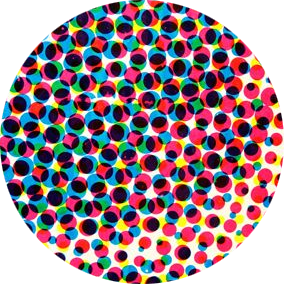Jeff Smith’s “Bone” and the Value of Childhood Comics Readership

Jeff Smith’s #Bone remains at the vanguard of a cultural renaissance in children’s literature (both graphic narrative and simply books in general). While the happenings of that genre are often short-sightedly diminished, the impact on readers/cultures is monumental. 1/10




Outside of industry, and much more importantly, Bone can be seen to have had a deep impact on both young comics readers and young readers in general, impacting everything from literacy to cultural engagement at levels impossible to measure. 5/10

In his capacity as an expert on Children’s comics, Philip Nel writes “Where once early readers were at the vanguard of children’s literacy, now it’s comics.” Nel further notes that “For comics scholars to fully understand their object of study, they must recognize…” 6/10

“…its historic dependence on children – as both readers and characters. If we don’t read funny animal comics, we cannot fully appreciate Maus; if we neglect superhero comics, we deprive ourselves of better understanding Watchmen.” 7/10

“But that’s not the only reason that comics for young readers merit our attention. As works read by people who are still very much in the process of becoming, children’s comics have the potential to be among the most influential books in a young person’s life.” 8/10

“These comics give children some of their earliest aesthetic experiences. They introduce small humans to art, language, graphic design, and ideas.” Simply put, Nel frames Bone’s capacity to hold formative influence for a generation raised on the comic. 9/10

The importance of childhood reading is well established & Bone influenced (or even created) a whole lot of readers, despite competition from the internet, TV, and video games. We’ll never known how much it impacted our overall culture but “a lot” is a pretty safe guess. 10/10
